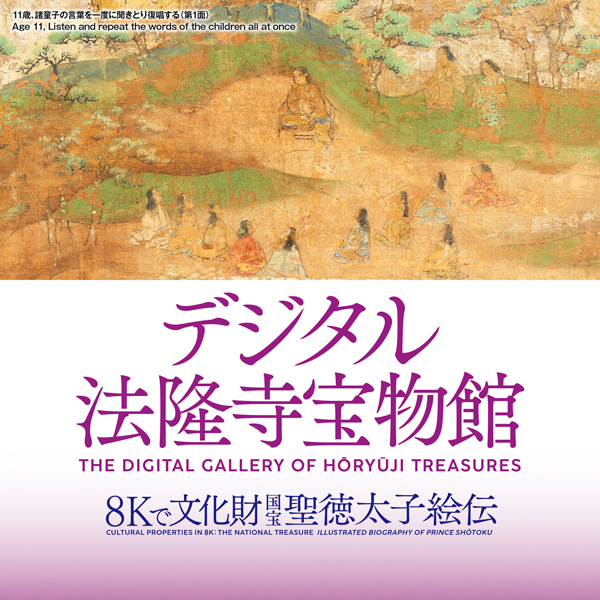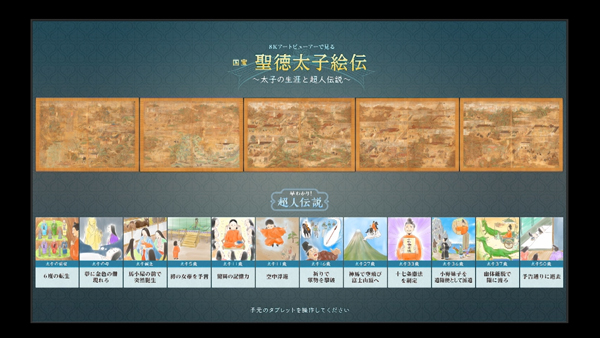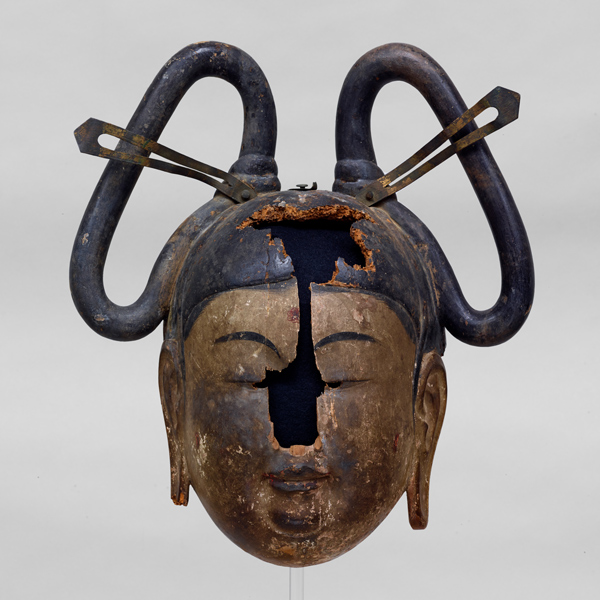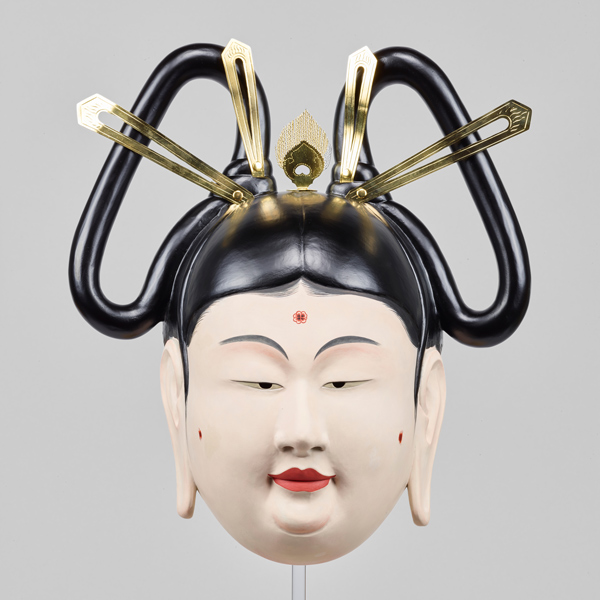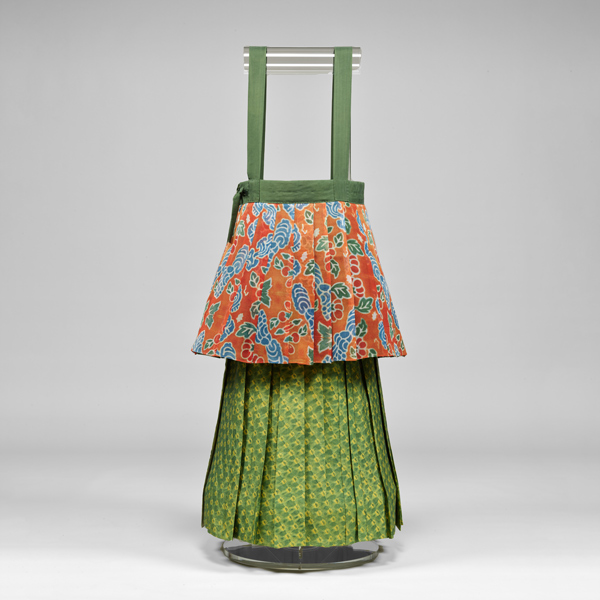The Gallery of Horyuji Treasures Interactive exhibition space
January 30, 2024 (Tue) - July 28, 2024 (Sun)
In The Digital Gallery of Hōryūji Treasures, visitors can examine and interact with digital reproductions of historic objects from the temple that cannot be kept on permanent exhibit. Reproductions on graphic panels and a massive 8K monitor give visitors the opportunity to authentically experience these works of art and the freedom to study them down to their smallest detail.
The exhibit will focus on the National Treasure Illustrated Biography of Prince Shōtoku starting on January 30, 2024.
Other replicas reconstruct what gigaku masks and costumes may have looked like in their heyday, offering a window into the colorful world of this performing art, which once enthralled people.
We invite you to witness how these ancient artworks are brought to life through digital technology.

